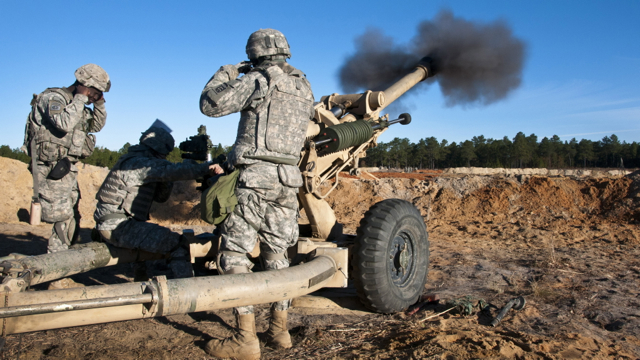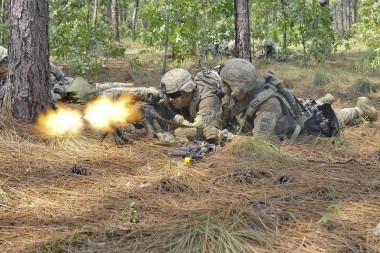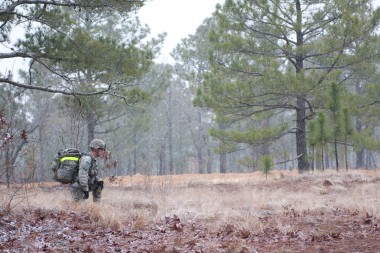Reflections on the military rarely conjure up images of environmental harmony.
War is hell, for the combatants as well as for the battlefields’ ecosystems. But one of the East Coast’s primary defense facilities has demonstrated that America’s fighting men and women can apply the same earnest professionalism to conservation that they do to combat.
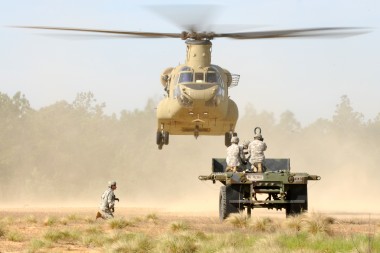
Fort Bragg in Fayetteville, North Carolina, is a 251-square-mile compound with nearly 100,000 personnel. Bragg, as it’s known, is situated in the piney Sandhills region one hour south of Raleigh. Home to the elite 82nd Airborne Division, Bragg’s woodlands and fields regularly experience artillery bombardment and gunfire as new recruits are put on the arduous road to joining the tough unit. Harrowing as such a fiery baptism must be to soldiers fresh out of high school, the wildlife native to the base are even more at risk, as disruption of feeding and mating behaviors, habitat loss, and even death were regularly viewed by officers as collateral damage while training for war.
It turns out that fiery disruption was exactly what the Bragg ecosystem needed.
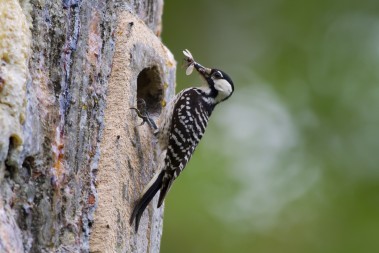
The red-cockaded woodpecker (RCW) is native to the South’s formerly abundant longleaf pine forests. A cooperative breeder and one of the few birds to excavate nests in live, old-growth trees, the red-cockaded woodpecker lives in small family groups that assist in raising hatchlings. The extended family forages together, moving as a group from tree to tree. While this cooperative behavior sounds like a recipe for success, it is the RCW’s dependence on the once-abundant longleaf pine that caused its recent population crash. By mid-century, 86 percent of the Southeast’s old-growth longleaf pine forests had been cleared. And as the longleaf population dropped, so did the RCW, which was listed as federally endangered in 1970.
